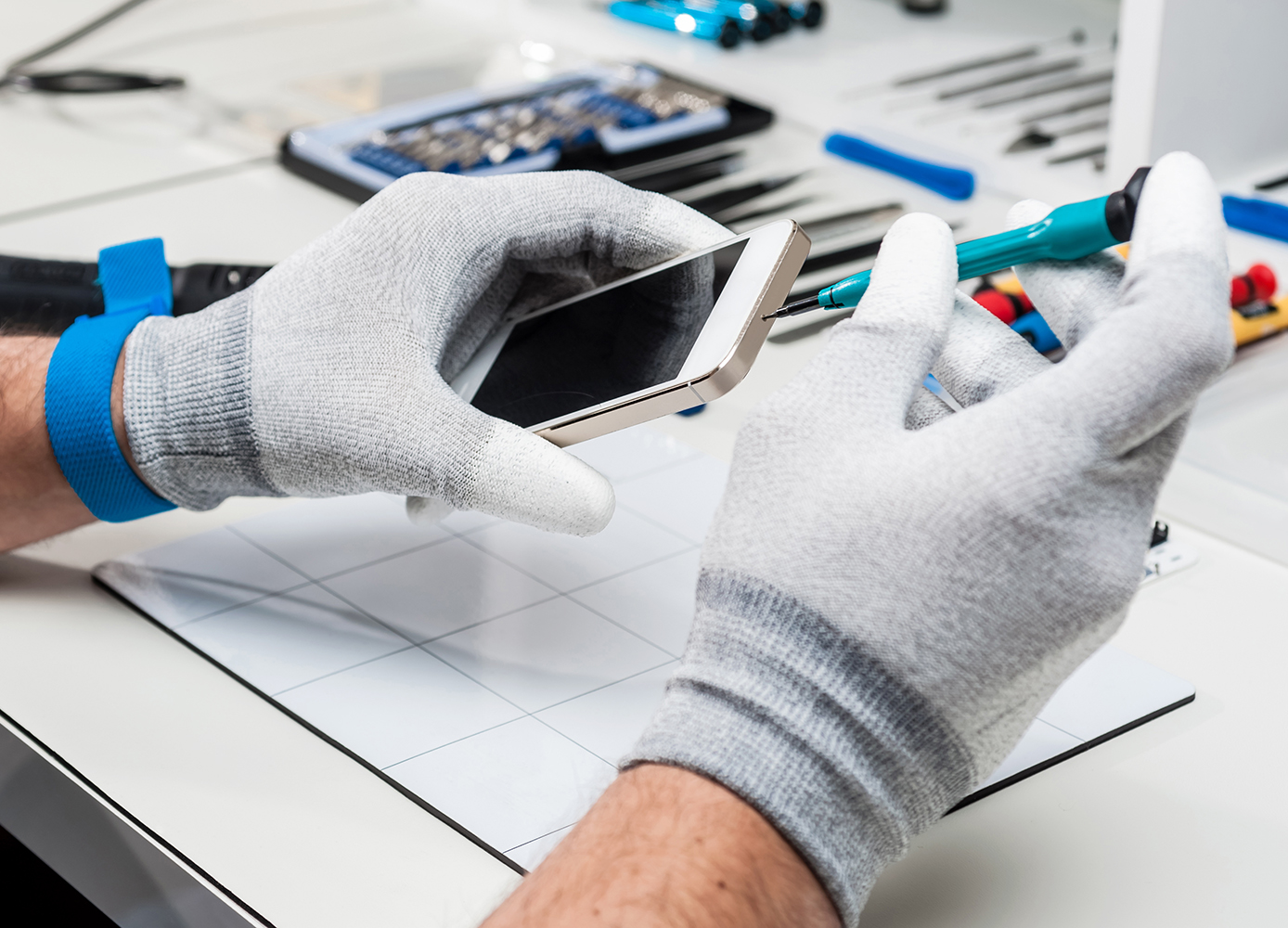It sounds like science fiction, but excess smartphone use may cause bone-spurs on your skull
By Jennifer Hughes
Photo: iStock/ViewApart.
It’s common knowledge that spending too much time looking at a computer screen or texting can affect your vision and cause shoulder and neck pain, but an Australian study published last year suggests that excess use of smartphones and tablets can lead to the growth of horn-shaped bone-spurs at the back of your head.
The study went largely unnoticed when it was published in the journal Scientific Reports in 2018, but a mention in a recent BBC article on modern technology drew attention to it.
Researchers at the University of the Sunshine Coast in Australia examined nearly 400 people between the ages of 18 and 86 and found that smartphones might be linked to the development of bone-spurs at the base of the skull. Researchers theorized that poor posture is likely the main cause. Consistently looking down at phones puts more weight on the muscles located on the back of the neck, leading to bone-spurs.
“We hypothesize [the spurs] may be linked to sustained aberrant postures associated with the emergence and extensive use of hand-held contemporary technologies, such as smartphones and tablets,” the researchers wrote.
Though these protrusions can be found in people of all ages, they are most prominent in young adults aged 18 to 30; 41% of those in this age range had protruding spurs. Those over 60 are also more likely to have protrusions (approximately 27% did) than those in their 30s (15%), 40s (7%), or 50s (15%). Meanwhile, though more young adults have spurs, they are significantly smaller (about 25 millimetres in men and 23 in women) than those over 60 have them (about 38 millimetres in men and 28 in women).
Fortunately, the protrusions don’t normally require any form of treatment and will likely go unnoticed by those who have them. However, they might become a problem and cause neck pain if they become too large.
“Our findings raise a concern about the future musculoskeletal health of the young adult population and reinforce the need for prevention intervention through posture improvement education,” wrote authors David Shahar and Mark Sayers.





